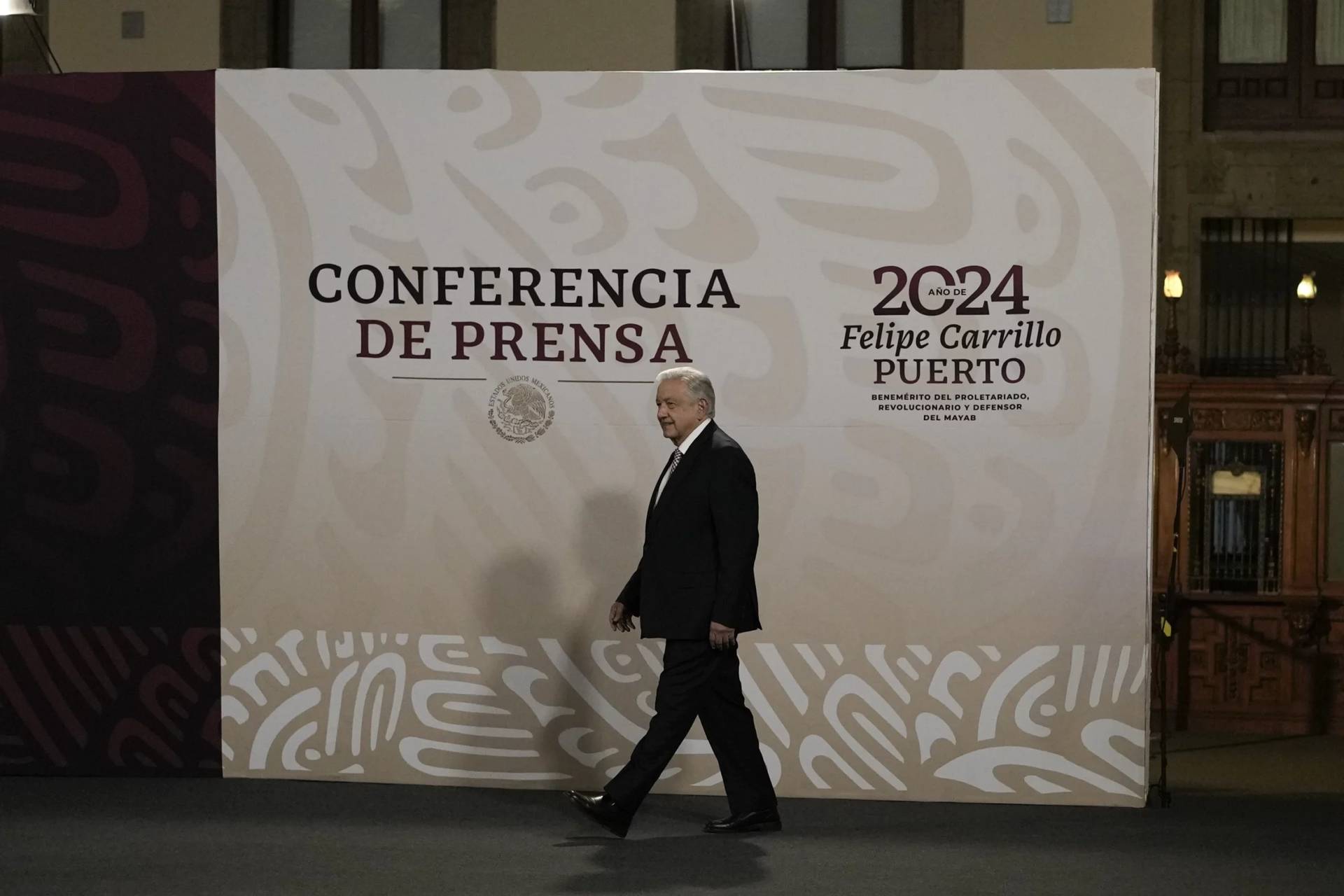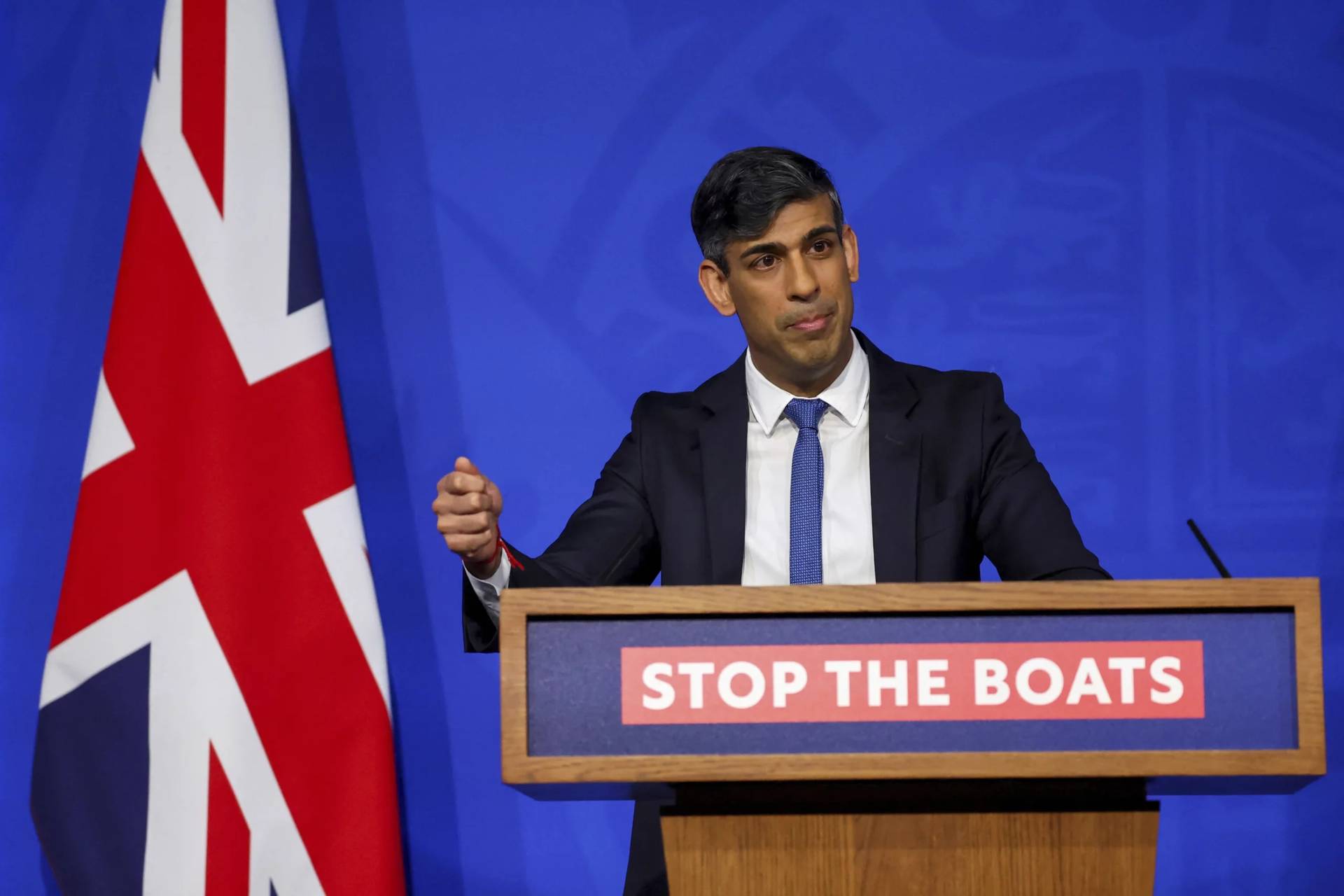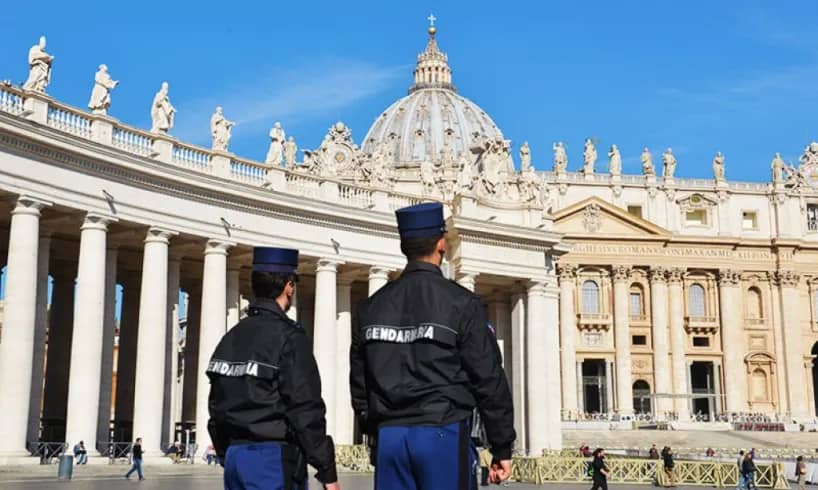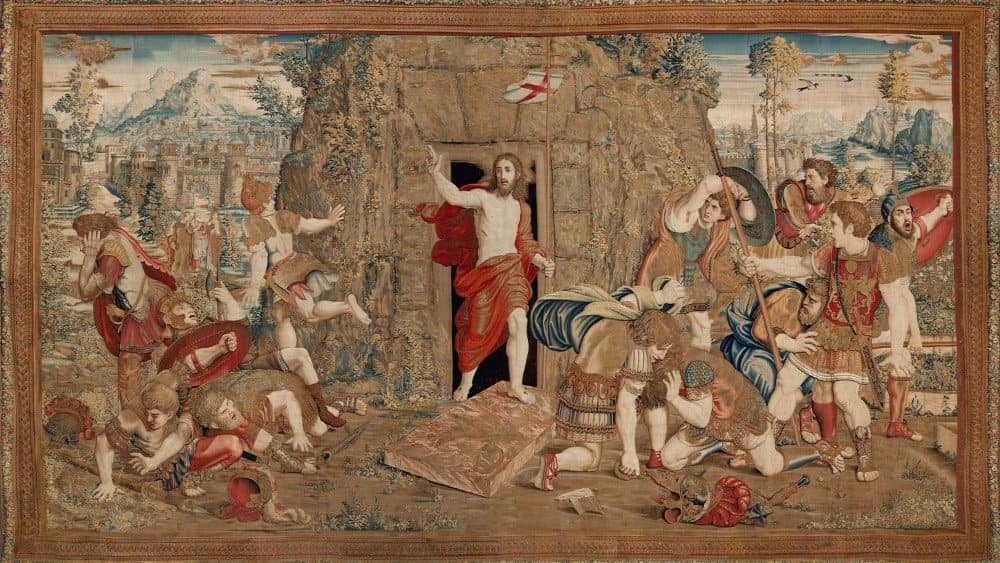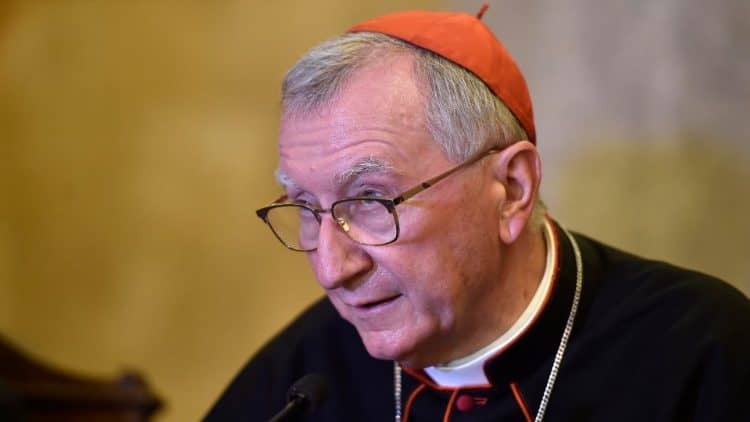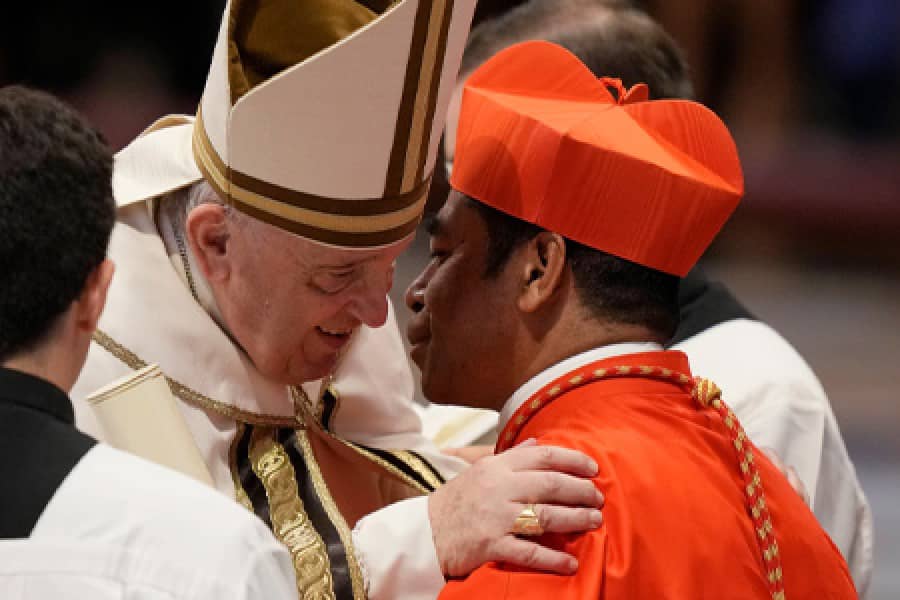[Editors note: This is part three of Crux Rome Bureau Chief Inés San Martín’s look back at 2021. Part one was devoted to the impact of the COVID-19 pandemic in the Catholic Church, and part two to Pope Francis and the Vatican.]
ROSARIO, Argentina – Taking a close look at the last 12 months for the Catholic Church in Latin America, and one cannot help but feel like it has been a continent on a constant loop, repeating what has happened in the past.
Nicaragua and Venezuela
Authoritarian regimes are still ruling over Nicaragua and Venezuela. In fact, both have had the same leaders – Daniel Ortega and Nicolas Maduro, respectively – for almost a decade. In both countries, poverty continues to rise, and leaders either ignore the COVID-19 pandemic or decide that “God will provide.”
Both countries held elections this year, with Nicaragua re-electing Ortega for a third consecutive term, in a process labeled by the international community as a charade, since all opposition leaders were imprisoned as soon as they expressed their intention to run for office. Similarly, the regional elections held in Venezuela saw all pro-Maduro candidates coming on top.
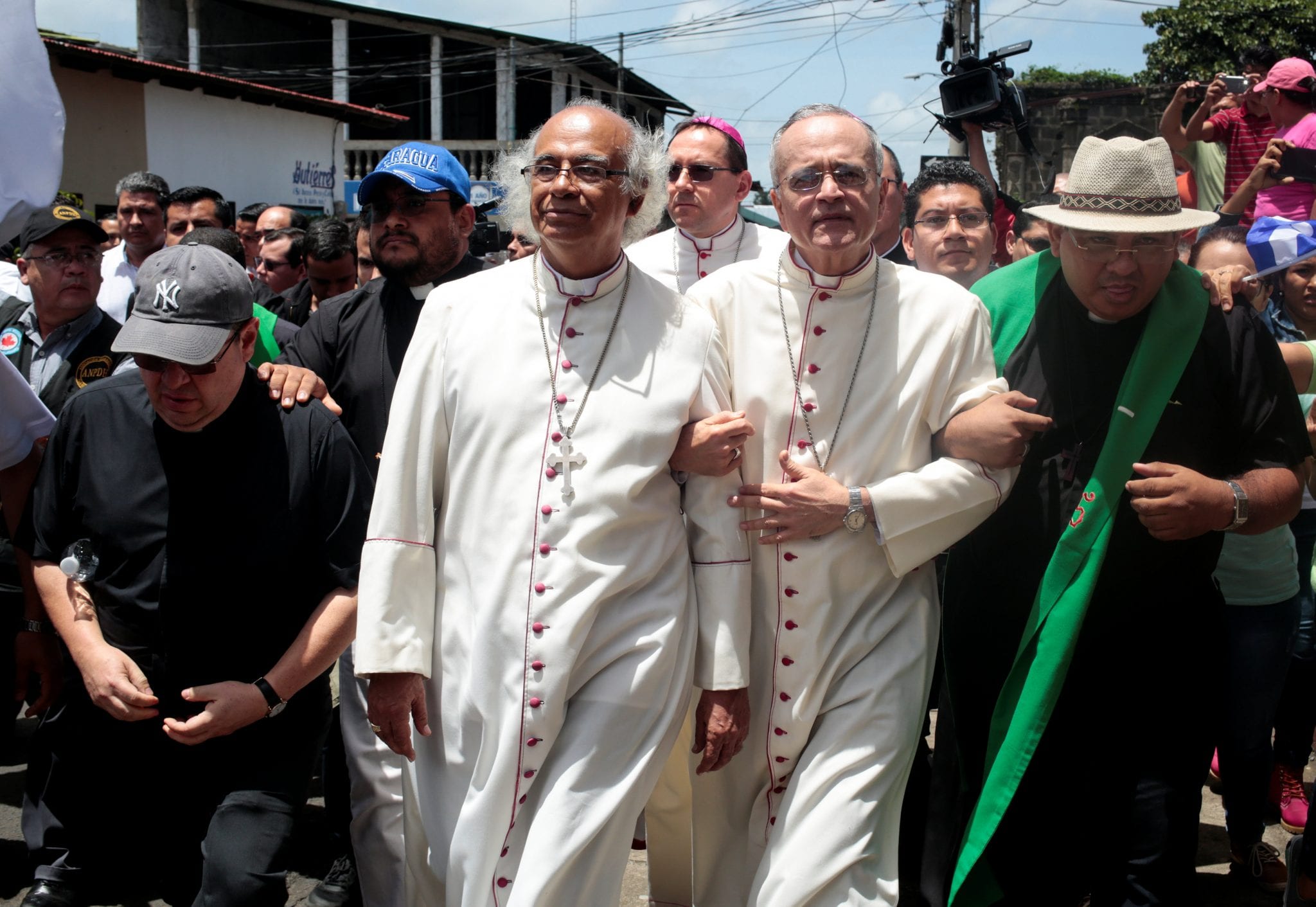
Top prelates in both nations suffered first hand the devastating effect of the coronavirus, with Cardinal Leopoldo Brenes of Managua being hospitalized and then spending several months out of sight recovering. Venezuelan Cardinal Jorge Urosa, however, died from the disease after weeks in the hospital.
Another similarity between the two countries was the boldness the bishops showed when it comes to speaking out against their respective presidents.
Using the Central American nation as an example, only one of the country’s 13 Catholic bishops cast a vote. The rest refused to take part in what they denounced as a charade, with many openly acknowledging the matter in homilies the weekend of the election.
The bishops’ very public boycott of the November election reflects the unique situation they find themselves in: For the last three years, Catholic bishops and priests in Nicaragua have been the only members of civil society to publicly challenge Ortega, a leader who has come to resemble the dictator he helped overthrow in the late 1970s.
In April 2018, when hundreds of thousands took to the streets to protest proposed pension reform, the Catholic hierarchy opened the doors of churches for the wounded to find refuge, and for doctors to clandestinely treat them, as they were banned from doing so in public hospitals. According to the Inter-American Commission on Human Rights, at least 355 people were killed during the protests.
Since the uprising, Catholic churches have been attacked, including the Managua cathedral in 2020. In 2019, Managua Auxiliary Bishop Silvio José Báez was essentially exiled from his diocese at Pope Francis’s request after receiving several death threats. The pontiff confirmed him in his post late this year, but he’s still unable to go back home.
This year, the Ortega regime has called the bishops “coup perpetrators,” “offspring of the devil,” “foreign agents,” and accused them of preaching a false Christianity. They have dispatched police to intimidate bishops and priests, and seized church property donated by Taiwan after the government broke diplomatic relations and established relations with mainland China.
The International Monetary Fund predicts a grim 2022 for Nicaragua and Venezuela, with poverty continuing to soar, and millions being unable to make ends meet. However, seeing that in both countries the bishops know they have the pope’s support – even if diplomatically, the Holy See has its hands tied – prelates have told Crux repeatedly that, if they didn’t know Francis had their back, they wouldn’t feel as comfortable speaking out against their respective regimes.
Migration
With an estimated six million people having fled Venezuela in the last decade, the continent is in fact home to the largest non-war-related migrant crisis in the world. But Venezuelans are not the only ones fleeing hunger, lack of opportunities, and violence. On any given day, tens of thousands of people are leaving their homes, headed both to the north, hoping to reach the United States, or the south, with Chile, Uruguay and Argentina as their final destination.
Similarly, hundreds of thousands have fled Haiti, both in 2010 and 2021, following devastating earthquakes that killed thousands.
This has provoked a growing xenophobia, with racist and anti-immigrant politicians equating migrants with criminals.
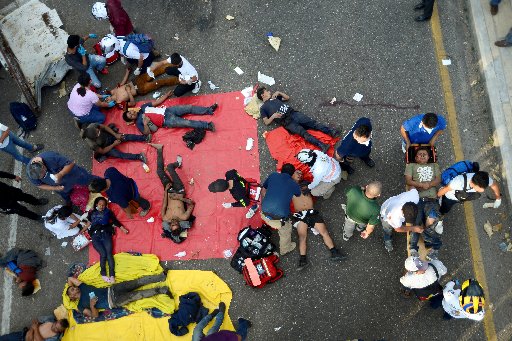
Chile alone is home to over 185,000 Haitians who have fled their country after a series of natural disasters and long-standing political corruption, and more than half a million Venezuelans. According to the Jesuit Migrant Service, the foreign population increased from 305,000 in 2010 to 1.5 million in 2020, going from representing 1.8 percent of the total population to 7.5 percent.
Hundreds of thousands of migrants face deportation unless the government changes its current immigration law, which came into force on April 20. It only allows those who entered the country through an authorized crossing point before March 18, 2020, to change their immigration status. This is the day when the government of Sebastian Piñera closed the borders for the first time due to the coronavirus pandemic.
On the other hand, those who entered in a clandestine manner through unauthorized crossings had 180 days to leave the country without penalty.
When promulgating the new law, Piñera said that the government does not “want organized crime, smuggling, drug trafficking and those who do not respect our laws to enter our country.”
Piñera is leaving office in March, to be replaced by Gabriel Boric, a leftist millennial who rose to the national stage during a series of student protests who was elected Chile’s new president in December.
In the northern part of the global south, Mexico’s bishops released a statement Dec. 6 expressing disappointment with their government’s willingness to go along with a plan known as Remain in Mexico, in which people seeking asylum in the United States wait in dangerous border cities as their cases are heard in U.S. courts.
The region’s porous borders has also been a cause for concern and the inspiration for several church initiatives, both to aid migrants and to try to curb the violence, most of it related to trafficking, both of drugs and of human beings, as was the case in the border between Brazil and Paraguay.
Synodality
Arguably the most used word within Church circles this 2021, Latin America was not the exception. In fact, even before Francis inaugurated the Synod of Bishops on Synodality, expected to be a two-year process that includes a global consultation of the faithful, the conference of the Latin American bishops (CELAM) organized an Ecclesial Assembly, with a continental consultation included.
An in-person and on-line gathering in November included high-ranking Vatican officials such as Canadian Cardinal Marc Ouellet, a veteran missionary in Latin America, who heads the Vatican’s Congregation for Bishops as well as the Pontifical Commission for Latin America; several lay theologians; religious men and women; and prelates who lead other continental bishops’ conferences, such as Cardinal Charles Bo of Myanmar, head of the Federation of Asian Bishops’ Conferences.
Pope Francis also made himself present through a video shared Nov.21, when this “new synodal organism” opened at the Shrine of Our Lady of Guadalupe in Mexico City.
Worthy of a mention is the appointment of Mexican layman Rodrigo Guerra López and Argentine laywoman Emilce Cuda to the Vatican’s Commission for Latin America. The role Guerra took has long been labeled among the top-ranking Vatican positions for laity. Both took part in the Nov. 21-28 assembly.
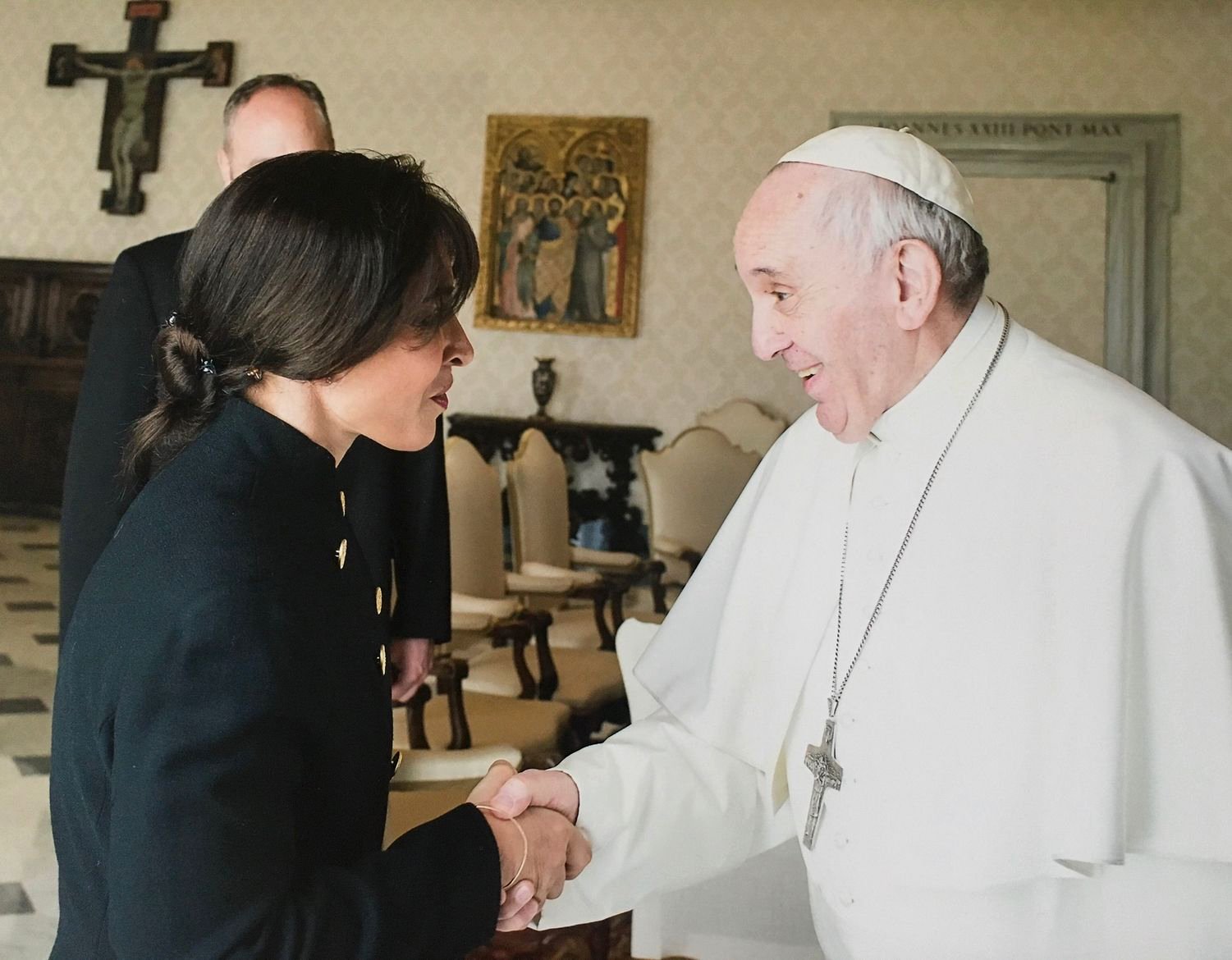
The summit identified 12 pastoral challenges for the next decade in the local church, in preparation for two major jubilees: The 500th anniversary of the apparition of Our Lady of Guadalupe (2031) and the 2,000 years of Christ’s death, known as the Jubilee of Redemption (2033).
The challenges identified include accompanying “victims of abuse in ecclesial contexts,” in a continent that is slowly waking up to the real extent of the crisis.
Chile has thus far been the country where more victims have spoken out, but the Vatican’s Congregation for the Doctrine of the Faith has seen a shift on the provenance of most allegations against priests from English-speaking countries such as the United States, Australia and Ireland towards Latin America.
There are ongoing, high-profile cases in virtually every country in Latin America, including that of Bishop Gustavo Zanchetta, an Argentine close to the pope, accused of abusing seminarians, and Fernando Figari, a Peruvian layman founder of the Sodalitium Christianae Vitae.
Similar synodal efforts were held this year in other regions, including in Germany, that is currently going through a “synodal path,” and Australia, where the church is living a Plenary Council. With the actual meeting of the Synod of Bishops on the issue not taking place until Oct. 2023, the idea of a Church where laity and hierarchy walk together is here to stay.
Follow Inés San Martín on Twitter: @inesanma










